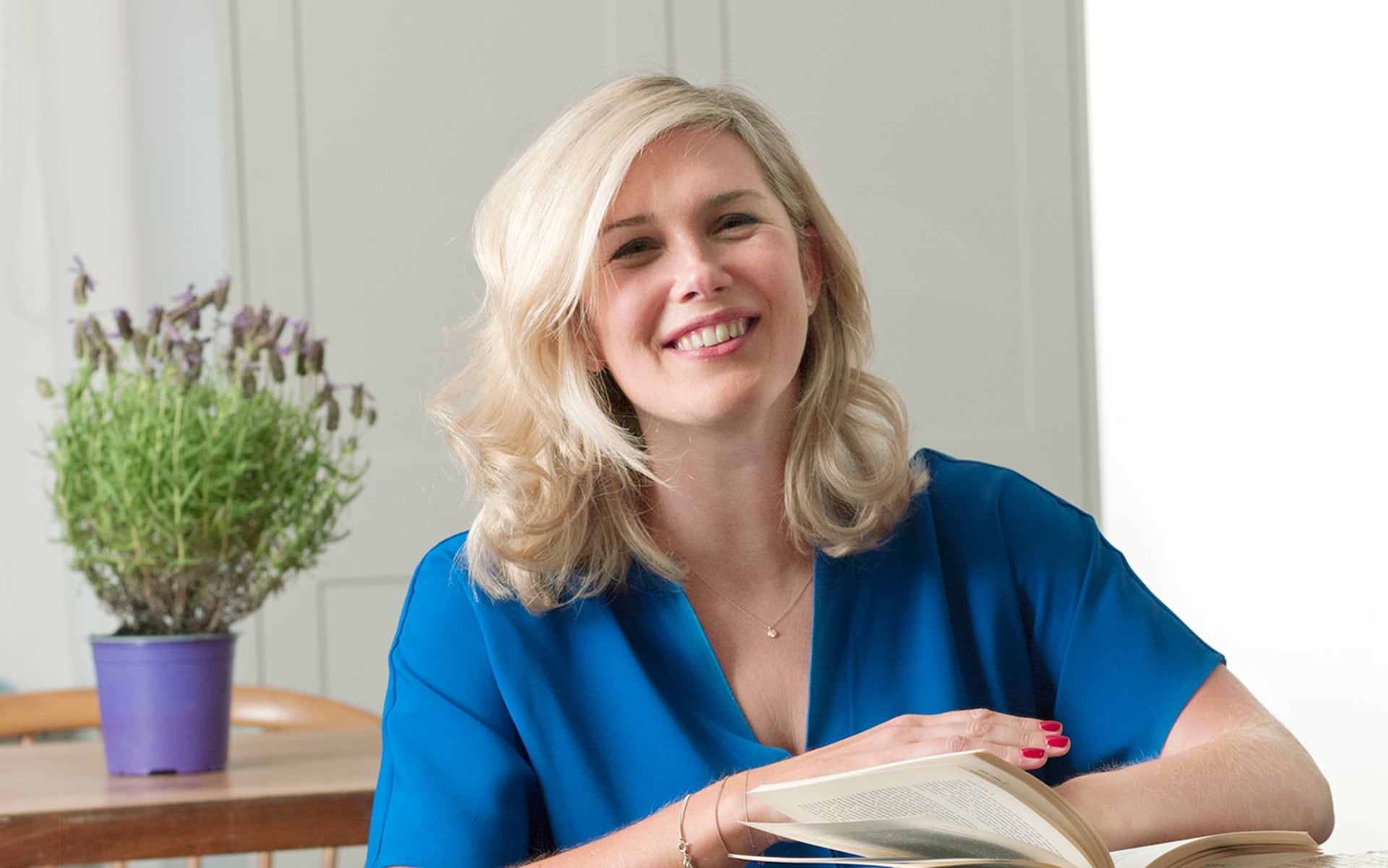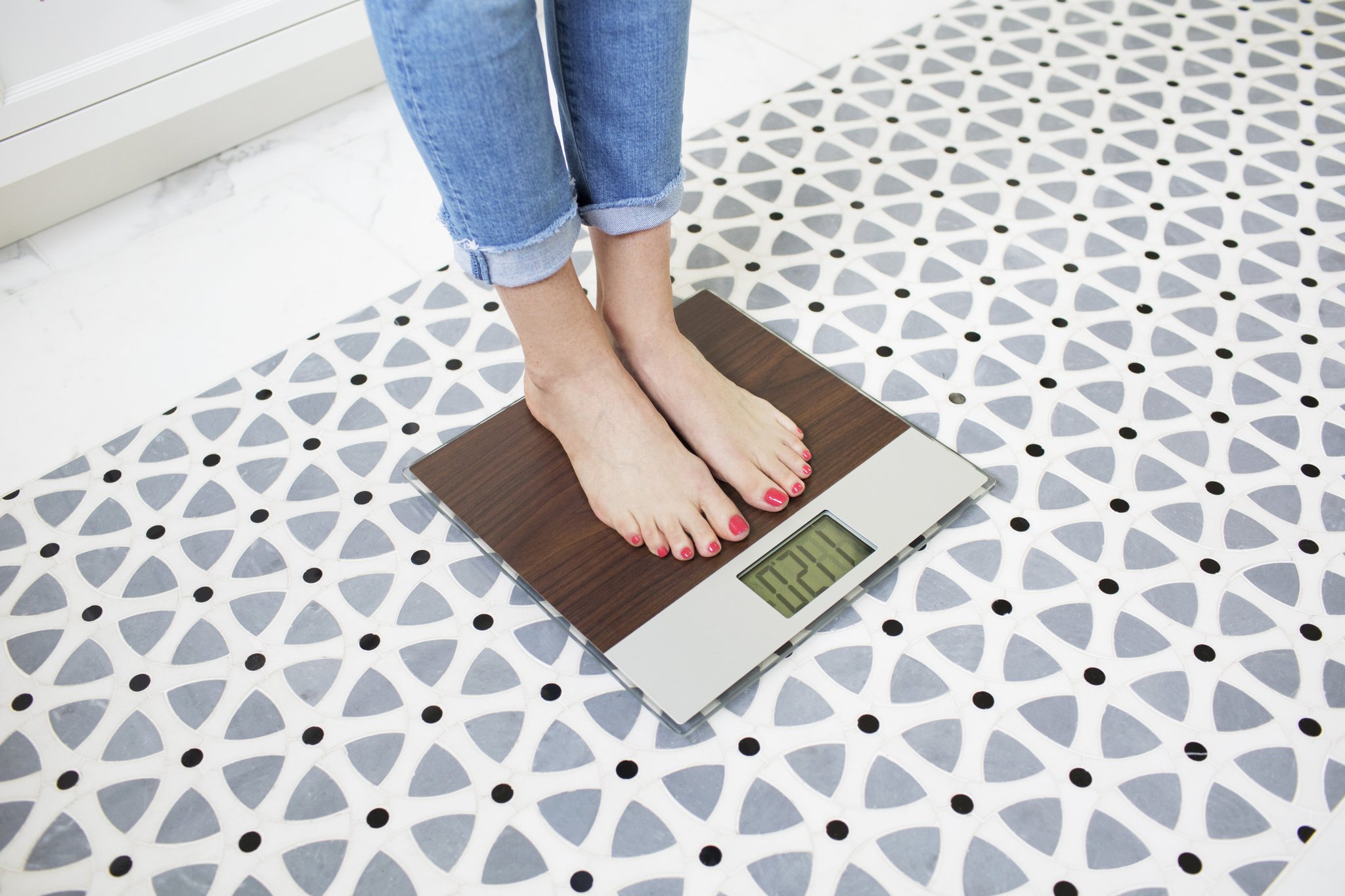All around the world, companies are making money off our desire to have a certain body type. In the UK alone, the weight loss industry is estimated to be worth over £2 billion. In our quest to be slimmer, fitter, and healthier, we spend a fortune on diet plans, recipe books, gym memberships, personal trainers, food, snacks, supplements, shakes . . . you get the picture. Many of us will do anything for the helping hand we need to meet our goals.
I definitely don’t judge anyone for this. I am with you. You name it, I’ve tried it. But through that, I’ve come to one simple conclusion: amongst all the detoxes and Keto and blood group diets and intermittent fasting, we’ve forgotten one simple thing, which is common sense.
However, though I perhaps can’t rely solely on my common sense entirely when it comes to the day to day, I can at least put it into practice when deciding which plans and regimens I’m going to follow. None of them are perfect (if they were, we’d all have the bodies we desired, and there’d be no weight loss industry in the first place), but I have learned a lot from trying my fair share over the past few years. We all know that any plan or product claiming to allow you to “eat whatever you want and lose weight” is lying. You might be able to occasionally indulge, yes, because long-term results require a regimen that makes allowances for having a life, and a life without chocolate is no life at all. But nobody got thin from pizza and bacon sandwiches. Unless “whatever you want” is mostly broccoli, you are occasionally going to need to put the breaks on. You want to be healthy? You’re going to have to eat your vegetables, Don’t want a beer belly? The clue is in the name.
What you don’t need to do is spend a fortune on dodgy supplements that do nothing, or eat or drink “fake” food like shakes and meal-replacement bars. You definitely don’t need to buy detox tea you saw a model in a bikini advertise on Instagram (#spon). Most of these won’t give you results, they’ll just give you diarrhoea.
When it comes down to it, all healthy eating and diet plans come down to the same basic building blocks of “correct” nutrition. The only difference is what each creator believes is “correct.” Calorie Counting and Weight Watchers want you to have a bit of everything in moderation. Slimming World wants you to combine foods in smart ways to make sure you don’t overdo it in any one area. Joe Wicks wants you to fill up on big portions of protein, dairy, and vegetables, work out hard, and refuel (and reward yourself) with carbs. Paleo, Atkins, Keto, and the like want you to heavily restrict carbs (and thus sugars), which, in turn, allows room in your stomach for more fat and protein. The Whole 30 wants you to eat only “real” food, cut out processed junk, and ditch anything that may cause an allergy or intolerance. BBG, CrossFit, and so on encourage you to use exercise as the main tool for getting the body you want, but they almost all come with suggested food plans too. Whether you’re cutting carbs or processed foods, reducing fat intake, eating smaller portions, or working out five times a week, what it really all comes down to is getting your body to a place where it’s burning more calories than it’s storing as fat.
And here’s the thing: you knew this. You learned it in school science lessons. You’ve read or heard it a million times since. It’s time to go back to basics. To get the body that you want, you have to listen to and nurture the one you have now. You need to work out what is maintainable and feasible (long term) for you. You need to fuel your body with varied and high-quality foods. You need to move, even if it’s just walking more to begin with. You need to remember that McDonalds, Dairy Milk, and Sauvignon Blanc will all still exist in six months, or a year, or two years. You have to focus on your long-term goals, not your short-term cravings. But mostly, you just need to trust your own common sense! Sometimes, you just have to say “no.”





















